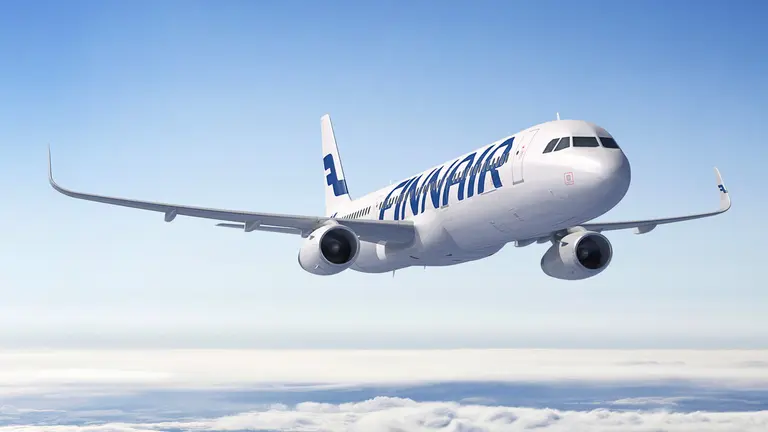In these days, when thousands of people rush to explore the forests, to pick up the last berries of the season and enjoy the explosion of yellow and red colors caused by the autumn and known as ruska, it is convenient to know some of the dangers which are hidden in Finnish nature.
In his book 'Hiking in Finland', Jouni Laaksonen explains well some of them: there are wolves and bears in Finland, but this does not mean backpacking or camping is dangerous. Because "wolves, bears, wolverines, lynx and other animals hear and smell us humans long before we notice them, and they steer clear of us", explains this expert.
Actually, the most dangerous animal in Finland is the tick, far smaller than those animals named above but capable to spread infectious diseases. Perhaps being so small makes them much less feared than for example brown bears.
Bears are all over Finland
According to the Finnish Natural Resources Institute (Luke), before the hunting season in autumn 2019 there are in Finland from 2020 to 2130 wild brown bears distributed throughout the country. Bears can be found in all Finnish regions except in the Åland archipelago.
The bear population is the strongest in eastern Finland and in Lapland, but bears are also regularly seen in southern and western Finland from spring to autumn.
According to Suurpedot.fi, the website on large carnivores of the Finnish Forest Administration (Metsähallitus), a brown bear is usually on the move early in the morning and in the evenings. When a person exploring the wild comes across a bear, "it is usually because the bear got taken by surprise; it tries to steer clear of people. With its excellent smell and hearing the bear will usually sense a human from far away and either hide or leave the scene".
Even so, sometimes encounters between these fascinating animals and people who roam the woods do occur, so it is worth knowing how to behave in such a situation. Bears are individuals who may act differently in different situations. Some might be curious and others aggressive, but the rule of thumb is that there is no such thing as a harmless bear.
What to do (and not) in case of an encounter
If you meet a bear, don't even think about screaming or threatening the animal because that would probably amount to a death sentence. Do not make sudden movements that can scare the bear and do not start running or climbing a tree. Bears run and climb much better and faster than we humans do.
If you find an animal killed by a bear, go away immediately because the bear is most likely still around.
Be particularly careful if you accidentally meet a bear cub because its mother is certainly close. If that happened, do not try to get nearer and leave the way you came. Being between the cub and its mother is the most dangerous position you could find yourself in because the mother will instinctively eliminate what she perceives as a danger for its cubs. And that is you.
Suurpedot.fi has published a set of advises for this kind of situations:
- An angry bear will grunt and toss its head from side to side. Its ears are bent back, its neck hairs are standing up and it stands on all four feet. The bear warns you by getting on its hind legs and growling loudly.
- Back away slowly while talking quietly. Do not shout or make loud noises as the bear will interpret this as hostility. Do not stare the bear in the eyes: to the bear this means a challenge. Climbing a tree will not save you from an attack by an angry bear as the bear is a better climber than we are.
- If a bear does attack you, throw yourself on the ground, protect your head and the back of your neck with your hands. Lie still and play dead. Running away is not the answer, as the bear is always faster than you.
- An injured bear is always dangerous. If you hit a bear with your car, do not leave the car. Call for help and notify the police. The police will take care of the situation. If the bear survived the accident, warn others moving on the road.
- If you come across a bear that is acting aggressively, notify emergency services immediately. If the bear acts in a non-threatening manner, report your sighting to the large carnivore contact person of the local game management association.









